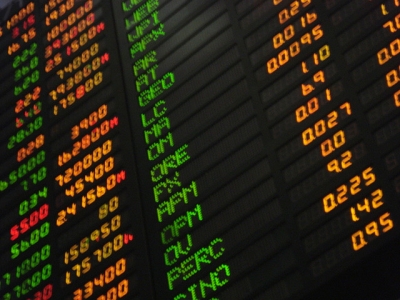
The world’s 130 or so stock exchanges trace their origins back to 13th century France and the Law Countries (Belgium and the Netherlands). Dealers traded bills of exchange – IOUs issued by merchants in return for loans. If a person holding a bill needed money before it was due to be rapid, he could sell it on to someone else.
But it was only in the 17th century that stock exchanges began to develop in their present form. Amsterdam Stock Exchange claims to be the oldest, founded about 1611. An early system for regulating dealers in stocks was introduced in England 1697.
Until the beginning of the 19th century, most stock exchanges were informal gatherings of dealers in the merchants’ quarters of cities. In London, business centred on coffee shops, including New Jonathan’s in Thread-needle Street which displayed a sign saying ‘Stock Exchange’ above its entrance from about 1750.
In New York, dealers met outdoors under a buttonwood tree in what has become Wall Street. But the 19th century growth of industry, and the explosion in the number of stocks and shares on offer, created the need for permanent trading premises.
The New Yor Stock Exchange is the biggest single marketplace, accounting for 60 per cent of world trade in securities, and listing about 1500 companies.
The Tokyo Stock Exchange holds second place in the World League, quoting almost as many companies as New York, but with a share value of less than half.
Picture Credit : Google




